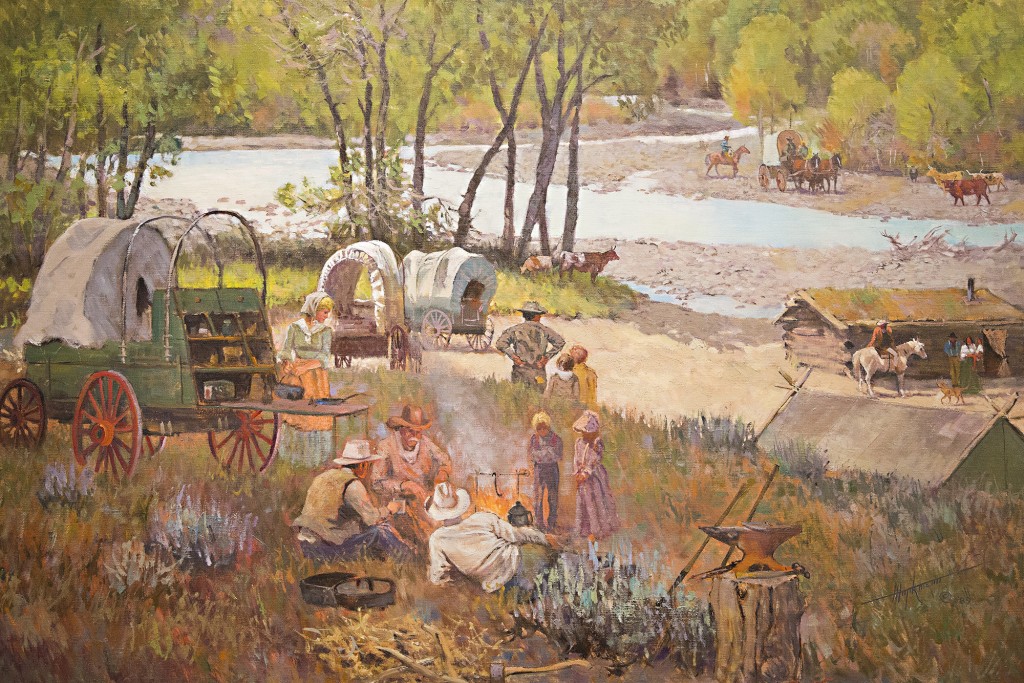Western Expansion in the Big Horn Basin
In the United States, the story of the western expansion and the pioneer experience would be incomplete without the mention of the Church of Jesus Christ of Latter-day Saints. The Mormon Trail, spanning five states and some 1,300 miles between Nauvoo, Ill., and Salt Lake City, Utah, was traveled by thousands of pioneers in the mid- to late-1800s.
The colonization efforts of the Church of Jesus Christ of Latter-day Saints that followed their settlement of the Salt Lake Valley was far from complete. Pioneer families eventually established 500 settlements in various parts of Utah, as well as other western states, Canada and Mexico.
In January 1900, Wyoming’s Gov. DeForrest Richards and Secretary of State Fennimore Chatterton approached Church President Lorenzo Snow asking that a colony be sent to the state’s Big Horn Basin. Once the feasibility of the colonization effort had been decided, more than 100 Mormon pioneer families again loaded their wagons with the supplies they would need and headed north.
Arriving in the Big Horn Basin, the Latter-day Saints began work on a 37-mile canal project designed to facilitate farming in the area after William “Buffalo Bill” Cody relinquished land and water rights. As work continued, the communities of Byron, Cowley and Lovell were surveyed and established some 40 miles northeast of Cody.
The settlement in the Big Horn Basin was the last colonization effort of the church.

